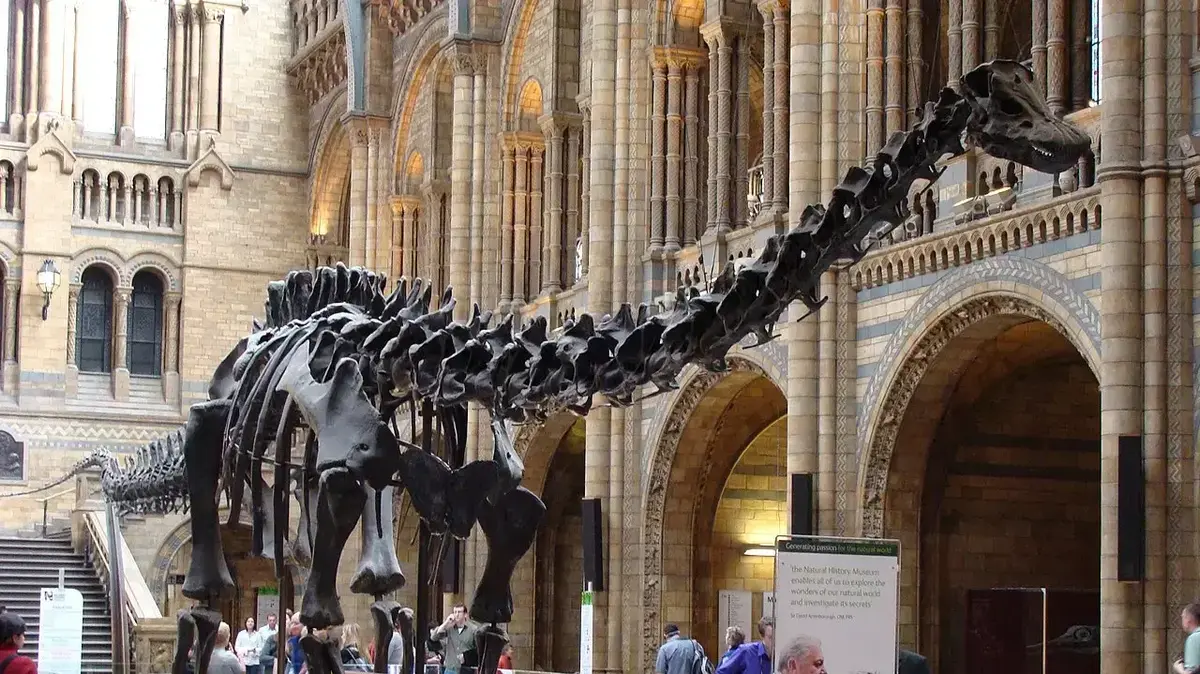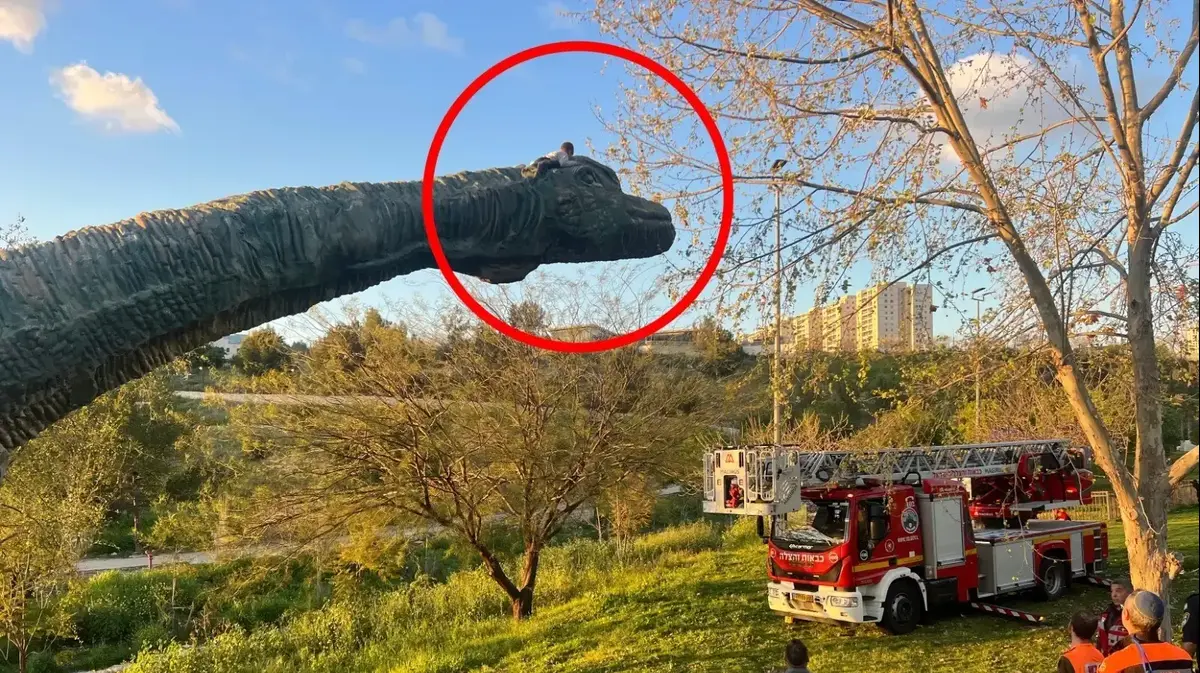A new species of vegetarian dinosaur has been found in Colombia
The new species is a vegetarian dinosaur with a long neck, known as "Perihasaurus la Paz" that lived 175 million years ago - and was named after the mountainous area where a back vertebra of the prehistoric animal was found
news agencies
08/14/2022
Sunday, August 14, 2022, 13:58 Updated: 14:06
Share on Facebook
Share on WhatsApp
Share on Twitter
Share by email
Share in general
Comments
Comments
A new sauropod dinosaur lived in the tropical forested lowlands of Serrania del Pereja in northern Colombia about 175 million years ago, according to a new study by an international team of researchers published in the journal Vertebrate Paleontology.
The new species is a vegetarian dinosaur with a long neck, known as Perijasaurus lapaz) after the mountainous area where a back vertebra of the prehistoric animal was found.
Perihasaurus is the northernmost species of the sauropod family found in South America.
It represents an early stage in the evolutionary development of these dinosaurs.
"This new species allows us to better understand the origin of sauropods in the Jurassic period, as well as their evolutionary development," said study leader Eldor Yancon Bubano, professor of physics at the Universidad del Norte in Colombia.
twitter twitter
Diplodocus skeleton in London (photo: official website, Wikipedia)
The link was discovered in 1943 during geological mapping by the Tropical Oil Company.
The find was taken to the University of California at Berkeley and was defined for the first time in 1955.
Professor Jeff Wilson Mantilla of the University of Michigan examined the vertebra as a graduate student in 1997, and then developed a project studying the evolution of early sauropods in Columbia.
At the University of Michigan, the find was examined and many anatomical details were revealed to the researchers.
"After preparation, we were able to clean the find to better see the plate that connects the parts of the vertebrae - the architecture of these joints provided morphological (configurational) information that led to the identification of a new species from the sauropod skeleton," said Wilson Mantilla.
A 3D model of the find is in the University of Michigan's Online Fossil Repository.
"The perihasaurus lived in an environment of low wooded hills near a river. We found fine sand and leaves in the sediments in the area where the vertebra was found, and it fits the sediments found in the vertebra,"
The researchers were able to determine the new species' evolutionary relationship to later sauropods using computer analysis that focused on early and middle Jurassic sauropods.
Sauropods are the largest animal to ever walk the earth, some reaching a height of 49 meters and a weight of 57 tons.
Their ability to support the enormous weight and move their bodies efficiently was due to a series of changes that reduced their weight and strengthened the support of the bones.
More in Walla!
The taps are opened: Yatbata's "chocolate tap" is back
in cooperation with her
news
world news
America
Tags
Dinosaur
Dinosaurs
Colombia









